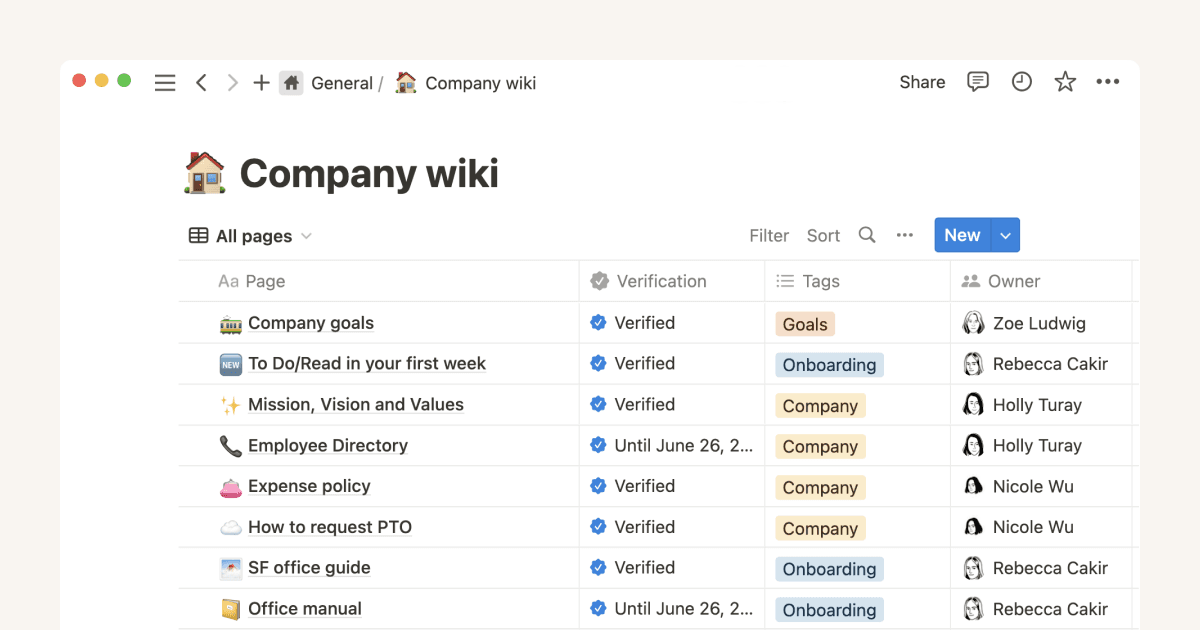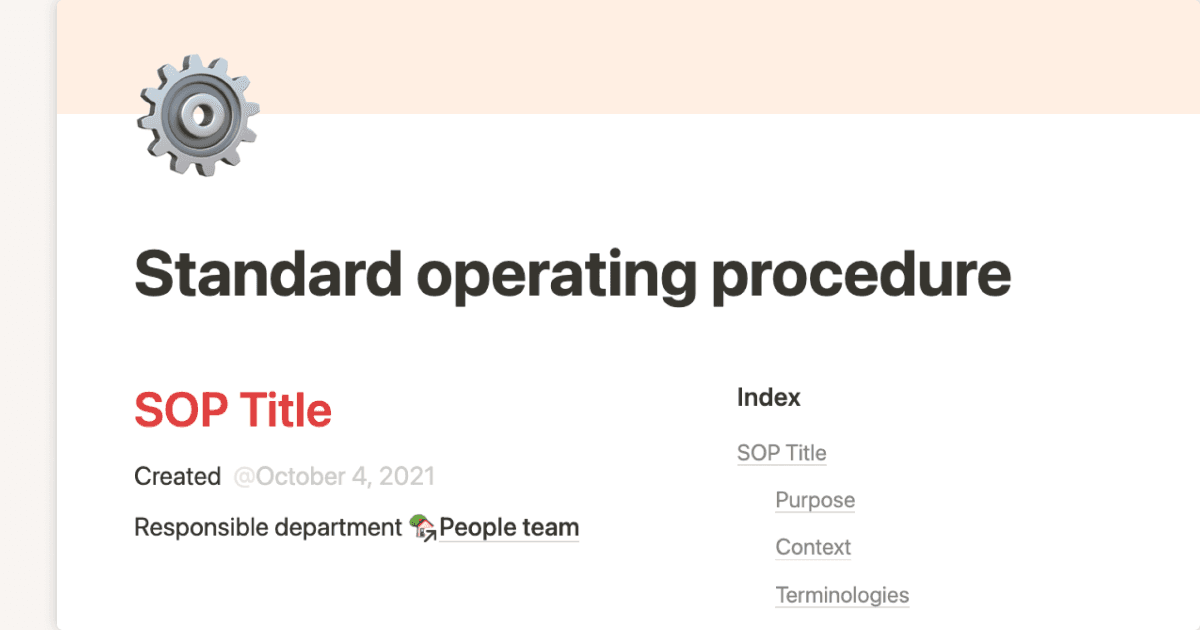Back-End Developer SOPs

About this template
This template contains a comprehensive set of Standard Operating Procedures (SOPs) for back-end developers. It covers various essential aspects of back-end development, ranging from setting up a local development environment to implementing advanced scalability strategies. The document is structured to provide step-by-step instructions, best practices, and guidelines for each area, ensuring consistency, efficiency, and high-quality code across the development team. Each SOP includes a purpose, scope, and reference SOPs to establish clear objectives and interdependencies.
The initial SOP focuses on setting up a local development environment, detailing the necessary software, configuration steps, dependency installation, database setup, and application execution. It emphasizes the importance of a stable and consistent development environment for all team members. Subsequent SOPs cover version control with Git and GitHub, providing guidelines for branching, committing, and creating pull requests. These procedures ensure effective collaboration, code management, and a clean commit history.
Further SOPs address database setup and management, covering both relational and non-relational databases. They include instructions for installation, configuration, database creation, connection management, migrations, backups, and performance optimization. API development and documentation are also thoroughly covered, with guidelines for choosing API types, setting up frameworks, defining endpoints, implementing middleware, handling errors, documenting APIs, testing, and deployment. These SOPs promote the development of consistent, secure, and well-documented APIs.
The document also provides detailed procedures for code review and pull request processes, emphasizing the importance of peer review for maintaining code quality and preventing bugs. Security best practices are outlined to protect applications from vulnerabilities such as SQL injection, XSS, and CSRF, including the use of environment variables, proper authentication and authorization, input sanitization, and security headers. Additionally, the document covers CI/CD pipelines for automated deployment, detailing how to set up workflows, run tests, containerize applications, and deploy to cloud servers.
Finally, the SOPs delve into performance optimization, logging, error handling, and scalability strategies. These sections provide guidance on optimizing database queries, implementing caching, using asynchronous processing, load balancing, and monitoring performance. The document concludes with strategies for scaling applications horizontally, using auto-scaling, optimizing databases, and implementing distributed caching and microservices. By following these SOPs, back-end developers can ensure they build robust, secure, and scalable applications.













